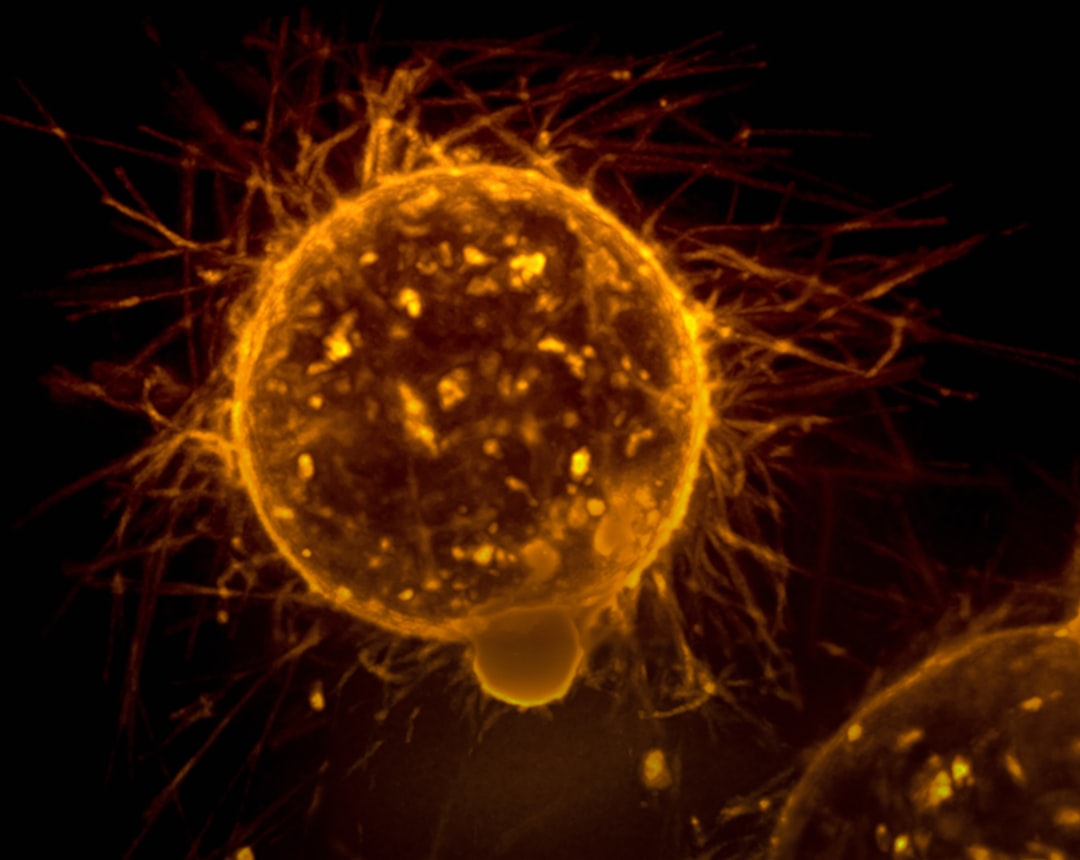What is it about?
This paper deals with spectrum sensing for cognitive radio scenarios where the decision fusion center (DFC) exploits array processing. More specifically, we explore the impact of user cooperation and orthogonal transmissions among secondary users (SUs) on the reporting channel. To this aim four protocols are considered: (i) non-orthogonal and non-cooperative; (ii) orthogonal and non-cooperative; (iii) non-orthogonal and cooperative; (iv) orthogonal and cooperative. The DFC employs maximum ratio combining (MRC) rule and performance are evaluated in terms of complementary receiver operating characteristic (CROC). Analytical results, coupled with Monte Carlo simulations, are presented.
Featured Image
Read the Original
This page is a summary of: Orthogonality and Cooperation in Collaborative Spectrum Sensing through MIMO Decision Fusion, IEEE Transactions on Wireless Communications, November 2013, Institute of Electrical & Electronics Engineers (IEEE),
DOI: 10.1109/twc.2013.092013.130279.
You can read the full text:
Contributors
The following have contributed to this page










